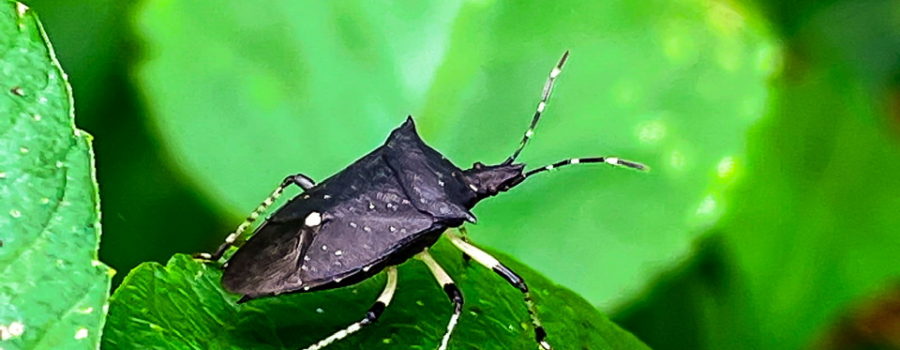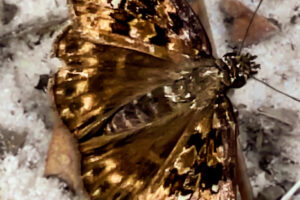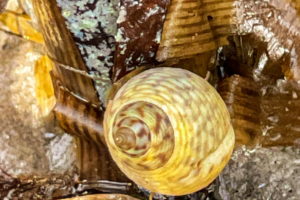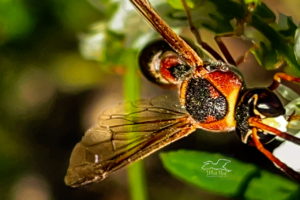Black Stink Bugs Are Beautiful and Harmless Little Beetles

On one of my afternoon nature hikes, I came across a lovely little clearing in the woods that was filled with pretty wildflowers and loads of pollinators. Besides pollinators I also found this interesting black and white beetle. It showed up easily on the green foliage. Obviously not at all camouflaged, so I figured that it had some sort of a defense mechanism against predators, which on my list makes it a touch me not. I try to be respectful of anything I photograph, but especially the touch me nots!

After I got home, I plugged some photos into the PictureInsect app and boom, an identification; a black stink bug. The PictureInsect app provides some basic information and comparison photos, but I always like to do a little more research on my own. I frequently find all sorts of interesting tidbits by doing this, and this bug was no different. The biggest tidbit I discovered about this little guy was that there are actually two distinctly different black stink bugs that live here in central Florida! Lucky us! One of these black stink bugs eats other insects while the other one (this one) eats plants. Fortunately for you gardeners out there, they are not social beetles, so it’s really rare that they cause much damage.

This black stink bug (Proxys punctulatus) can be found throughout Central and South America, many of the Caribbean Islands, and the southeastern United States from North Carolina through Florida. Surprisingly, especially for an insect with a decent sized range, not a lot is known about them. It is known that they feed on a large variety of plants by sucking juices from leaves and stems by means of inserting a strong, stout proboscis. They love quite a few of our native wildflowers, but they’ve also been found on corn plants, soybeans, cotton, and citrus trees. They tend to live in downed logs and leaf litter on the ground at the edges of woods or in clearings. They overwinter as adults in this environment, and when warm weather comes, they breed and lay their eggs before they die. The larvae hatch out and go through five instars before becoming adults.

In case you haven’t figured it out yet, these guys are touch me nots due to the fact that they can produce a foul smelling fluid from a gland located underneath their abdomens. The distinct coloration is believed to be a warning to predators, especially birds, that these guys don’t taste good. Aside from the bad smell, these little beetles are pretty harmless. They don’t bite or sting, and they generally don’t even cause significant damage to the plants that they feed on. The one that I found didn’t seem to mind my attention at all. In fact, it completely ignored me and went about it’s business as if I weren’t there at all. Although I would rather not have something that can produce a stink living in my house with me (and they do occasionally find their way into houses, especially in the winter when it’s cold outside), they should be left to their own devices and they’ll leave you to yours.






Recent Comments